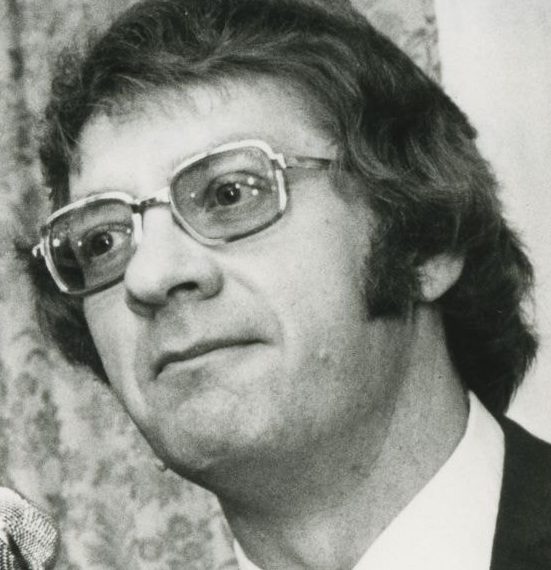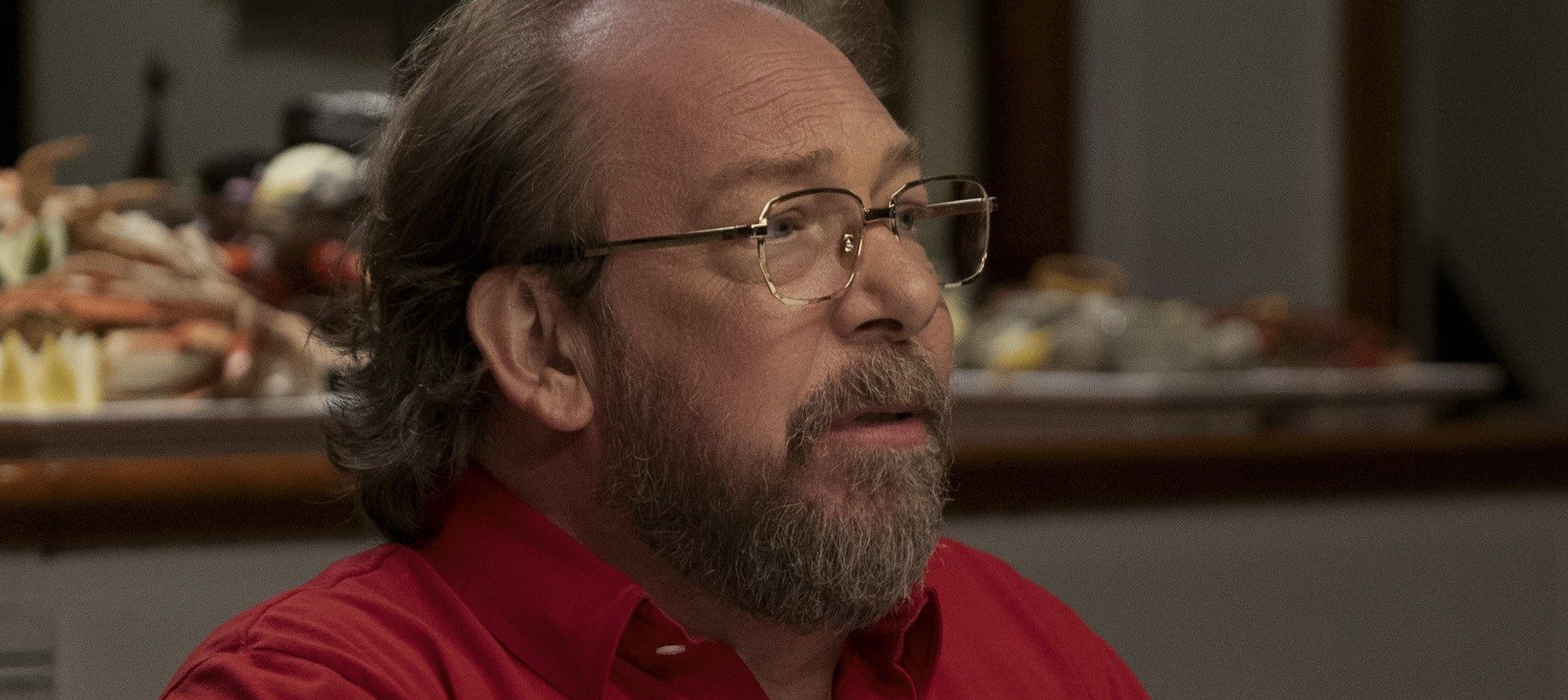In Amazon Prime Video’s legal drama film ‘The Burial,’ Raymond “Ray” Loewen is the head of the Loewen Group, a multi-billion-dollar empire that has been acquiring several funeral homes across the country to become a monopoly in the industry. In real life, as the film depicts, Loewen was sued by Jeremiah O’Keefe when the former didn’t proceed with a contract, previously agreed upon by both parties, to buy the latter’s three funeral homes. The courtroom drama sheds light on the legal battle that massively destroyed the Loewen Group, making one curious about Loewen’s current whereabouts. So, where is Ray Loewen now? Here’s what we can share about the same!
Loewen’s Beginnings

Raymond L. “Ray” Loewen was born on June 27, 1940, in Steinbach, Manitoba. His father Abraham Loewen was a funeral parlor operator. When Abraham became ill, Loewen took over the family business. In the 1970s, he was also engaged in politics. As a Social Credit representative of Burnaby-Edmonds, he was part of the Legislative Assembly of British Columbia from 1975 to 1979. By the end of 1984, Loewen owned twenty funeral homes in Canada and soon, he landed in the United States to acquire more. By 1997, his company reportedly owned 1,115 funeral homes.
The Legal Battle
When Jeremiah O’Keefe had financial troubles in the 1990s, he decided to sell three of his funeral homes to steady his “ship.” He went to Loewen and struck a deal to sell the homes in return for a fair market price and the latter’s guarantee that he wouldn’t sell burial insurance in the region where the World War II veteran operated. Although Loewen accepted the terms and O’Keefe signed his end of the contract, the former eventually decided to not move forward with the same. O’Keefe started to believe that Loewen was waiting for him to go bankrupt for the latter to buy his assets at a cheaper rate.

Such a belief led O’Keefe to sue Loewen’s company, alleging that the latter acted “fraudulently and maliciously” and “breached good faith.” When Willie E. Gary became O’Keefe’s lawyer, the attorney demanded $125 million from Loewen to settle the dispute. Loewen then hired Richard Sinkfield from Atlanta to defend him in court against O’Keefe and Willie. He didn’t attend the trial at first. “I didn’t think I needed to go to Jackson for the trial. This was completely off the radar screen for me,” Loewen said about the same, as per Jonathan Harr’s eponymous The New Yorker article, which serves as the source text of the movie.
Loewen eventually attended the trial as a witness. Soon, the jury concluded the trial proceedings by directing the Loewen Group to pay O’Keefe $500 million in damages. “I could not believe what I was hearing. I was absolutely stunned. I thought, This can’t be happening,” he said about the verdict, as per Harr’s article. Loewen and O’Keefe then reached an agreement to settle the case for $175 million.
The Fall
After the verdict, it didn’t take long for Loewen to lose his company. Two years after the same, he reported a loss of $600 million. In 1998, he was forced to resign as the president and CEO of his own company. The Loewen Group went bankrupt less than a year later in June 1999. O’Keefe’s lawsuit alone didn’t destroy Loewen’s business empire since the same had a debt of $3.2 billion at the time it went bankrupt. However, in the legal documents submitted by his executives, it was claimed that O’Keefe’s litigation has had “a lasting, damaging effect on… their overall financial health,” as per Harr’s article.
According to the 1999 source text of the movie, Loewen lived in a condominium in Hawaii at the time. In 2008, he listed his Burnaby, British Columbia, estate Twin Cedars for sale at C$25 million. As per unconfirmed reports, the establishment was sold in 2012 for C$9.948 million. Since then, Loewen has chosen to stay away from the spotlight.
Read More: The Burial’s Mame Downes is Not Based on a Real Lawyer


You must be logged in to post a comment.